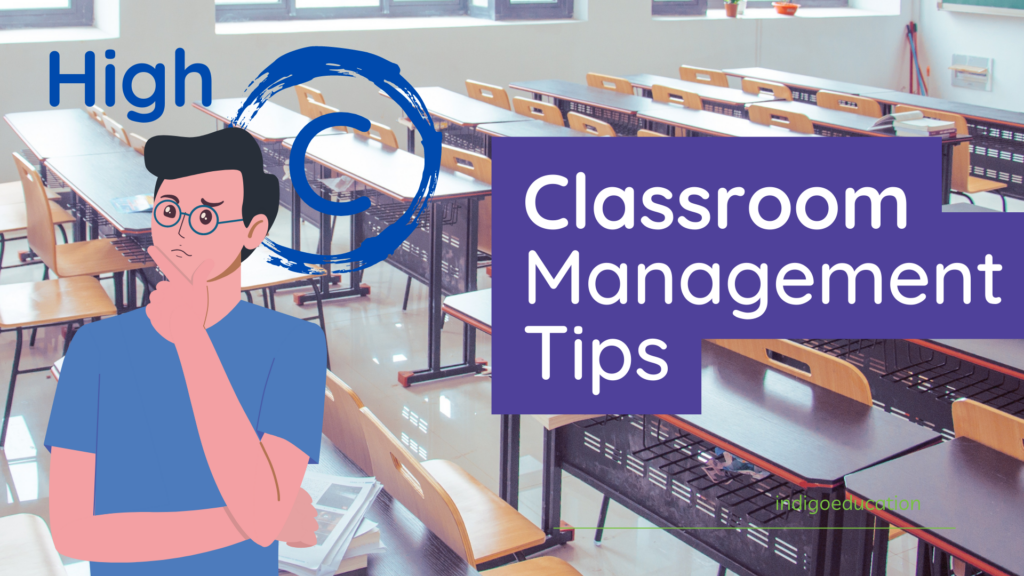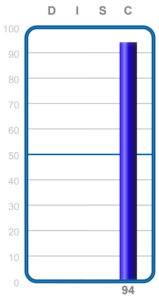Personalized classroom management strategies help meet individual student needs, fostering a positive learning environment, increasing motivation, and leading to better student performance. Understanding a student’s core DISC style provides a great framework helping each student thrive! In this blog, we’ll explore techniques for managing high compliance students, creating an organized and detail-oriented environment for optimal performance.
Someone who scores above 50 in the DISC Steadiness behavioral style (blue bar on the DISC graph) is considered “high” in that style. The higher the score, the more these classroom strategies typically apply.
A high compliance student may have characteristics such as being detail oriented and following rules and instructions closely. They typically are responsible and have a strong work ethic; they are conscientious and produce high quality work. Additionally, they may be less likely to challenge authority and are more inclined to follow established procedures. They may also be less likely to take risks and may prefer to stick to what they know.
Here are some classroom management strategies to keep in mind for your students who have a high compliance behavioral style:
Provide clear expectations and rules.
High compliance students tend to thrive in structured environments, so be sure to clearly communicate expectations and rules for behavior.
Encourage organization and planning.
High compliance students tend to be organized and planful, so encourage these habits by providing opportunities for them to plan and organize their work.
Use positive reinforcement.
High compliance students often respond well to positive reinforcement, such as praise or rewards for good behavior.
Provide opportunities for responsibility and leadership.
High compliance students tend to be responsible and dependable, so provide opportunities for them to take on leadership roles and responsibilities.
Be firm and consistent with consequences.
High compliance students tend to understand and respect rules and consequences, so be firm and consistent when enforcing them.
Provide opportunities for self-reflection.
High compliance students may benefit from opportunities to reflect on their behavior and progress, so provide opportunities for self-reflection and goal setting.
Encourage time management skills.
High compliance students tend to be good at time management, so encourage them to develop and use these skills in the classroom.
Provide them with clear and specific feedback on their work.
High compliance students may need clear and specific feedback on their work to understand their progress and areas for improvement.
These strategies aim to provide a clear and safe learning environment that takes into account the individual needs of high compliance students and encourages them to take responsibility for their learning and behavior. It also provide opportunities for positive reinforcement and recognition to build their motivation and self-esteem.
Note: It’s important to note that the DISC assessment is just one tool used to understand and describe behavior, and it should not be used to label or judge individuals. Each person is unique and may exhibit a combination of different behavioral traits. Additionally, behavior can change depending on the situation and context. Therefore, it is essential to use the information from the DISC assessment as a starting point for understanding and communication, not as a means of making judgments or assumptions about a person’s character or abilities.


